Perth-headquartered lithium producer PLS announced a 13 MW / 8 MWh battery energy storage system has been energised at its Pilgangoora operation in Western Australia’s Pilbara region, marking a major milestone in the company’s power strategy that is slated to reduce diesel-based thermal generation and drive down energy costs.
The battery, which combines with an existing hybrid power system featuring a 6 MW solar farm alongside gas and diesel-fired generation owned and operated by off-grid power specialist Pacific Energy, is expected to enhance power stability and reliability at the 24-hour remote mining operation.
PLS, formerly Pilbara Minerals, said the delivery of the battery system marks the completion of the first stage of its power strategy which is expected to deliver a 20% reduction in power-related emissions intensity and about a 25% decrease in power costs at the Pilgangoora mine.
PLS Chief Sustainability Officer Sandra McInnes said the delivery of the battery energy storage system further improves stability and reliability of power at the Pilgangoora site.
“Having reliable and stable power is key to our 24-hour remote mining operation,” she said. “This project also aligns with our strategy to drive costs down while building for the future, ensuring we have the technology, capacity and optionality to capitalise when the lithium market turns.”
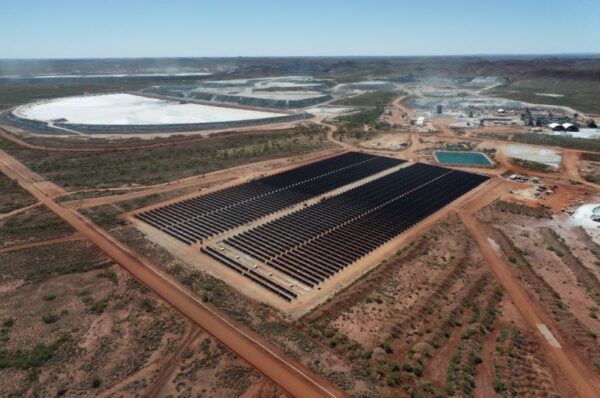
Image: PLS
McInnes said the battery is the final piece in the initial stage of the company’s medium-term power strategy which aims to reduce diesel-based thermal generation. Stage 1 included the construction of the 6 MW solar farm and the installation of 30 MW of gas generation. Stages 2 and 3 of the strategy aim to further increase renewable power generation capacity with the battery system expected to support future growth in solar generation.
“The delivery of this project aligns with our ambition to become a sustainable battery materials producer, as well as driving ongoing operational cost savings,” PLS said in a statement, adding the project supports its commitment to achieving net zero scope 1 and 2 emissions in the decade commencing 2040.
Successful delivery of stage 1 and stage 2 of the strategy is anticipated to achieve a ~48% reduction in power emissions intensity by 2027 via solar power and gas generation initiatives at site, and up to 80% reduction by 2030 should emerging wind power generation opportunities become regionally available, in stage 3.
PLS said the existing 6 MW solar power plant contributed 9.5% of the total electricity produced on site in 2024, replacing about 3 million litres of diesel fuel.
This content is protected by copyright and may not be reused. If you want to cooperate with us and would like to reuse some of our content, please contact: editors@pv-magazine.com.
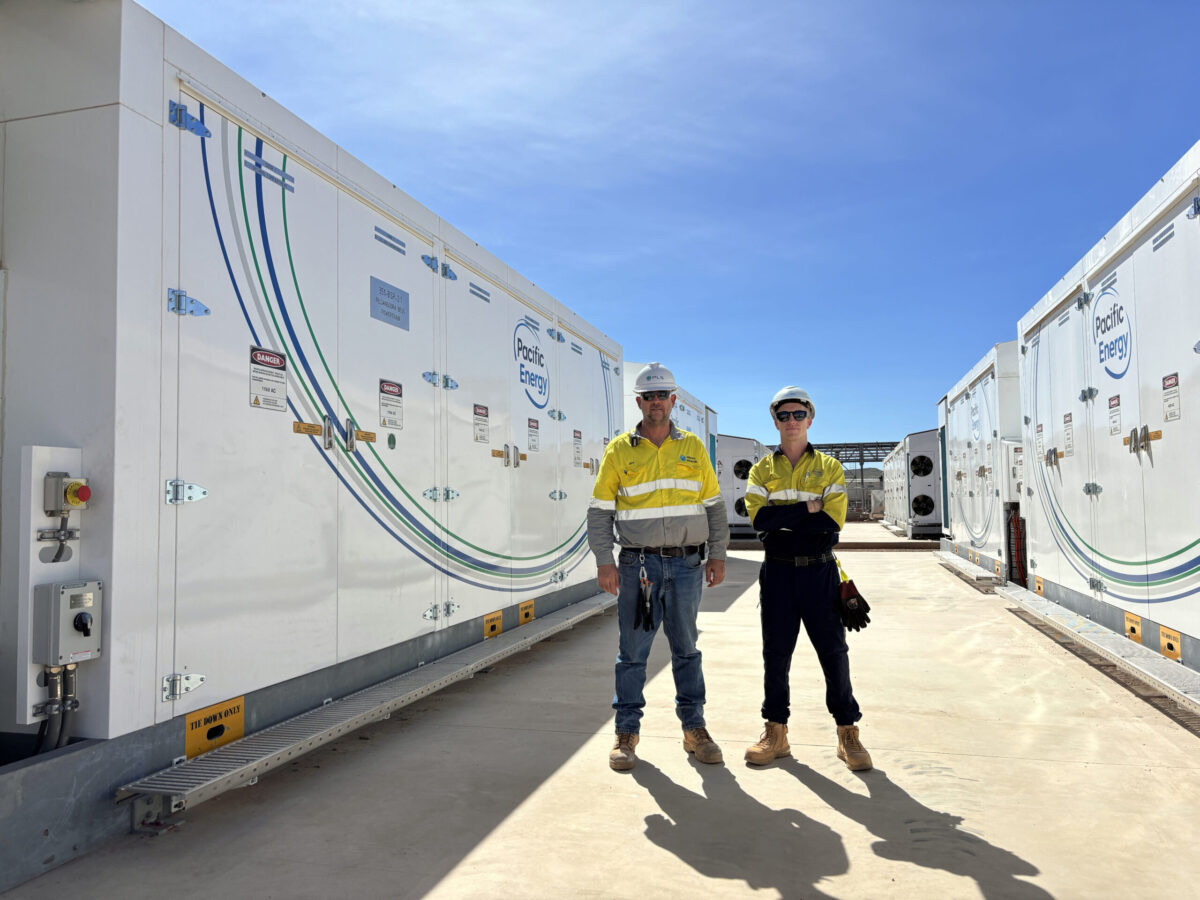
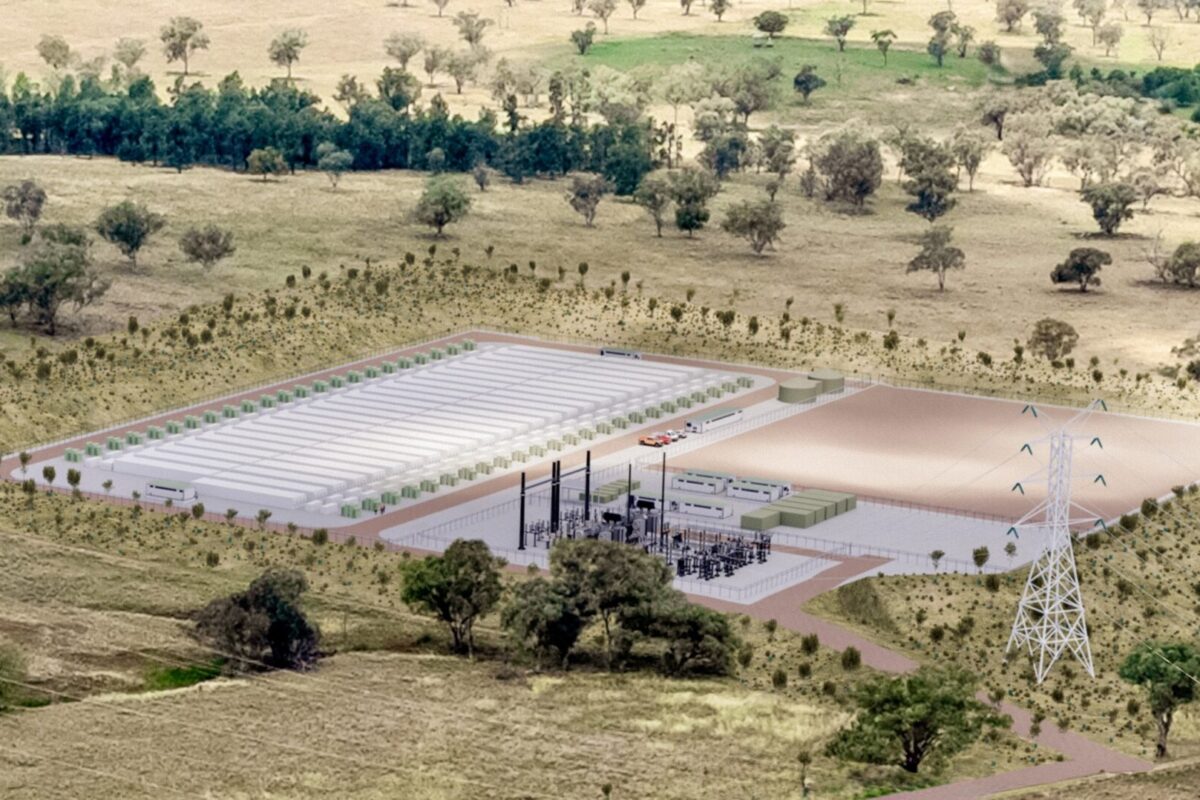


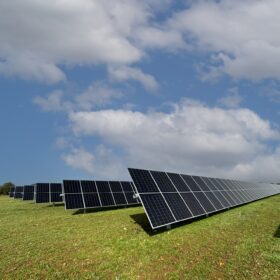
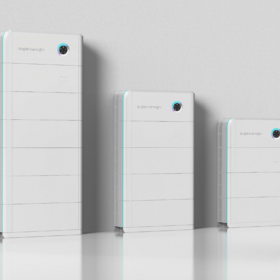
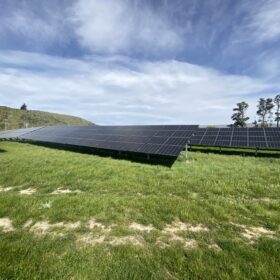
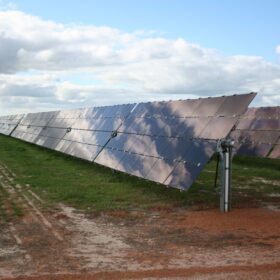
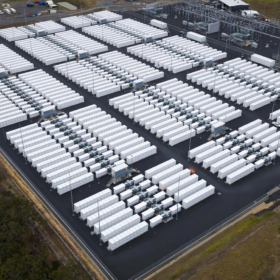
1 comment
By submitting this form you agree to pv magazine using your data for the purposes of publishing your comment.
Your personal data will only be disclosed or otherwise transmitted to third parties for the purposes of spam filtering or if this is necessary for technical maintenance of the website. Any other transfer to third parties will not take place unless this is justified on the basis of applicable data protection regulations or if pv magazine is legally obliged to do so.
You may revoke this consent at any time with effect for the future, in which case your personal data will be deleted immediately. Otherwise, your data will be deleted if pv magazine has processed your request or the purpose of data storage is fulfilled.
Further information on data privacy can be found in our Data Protection Policy.